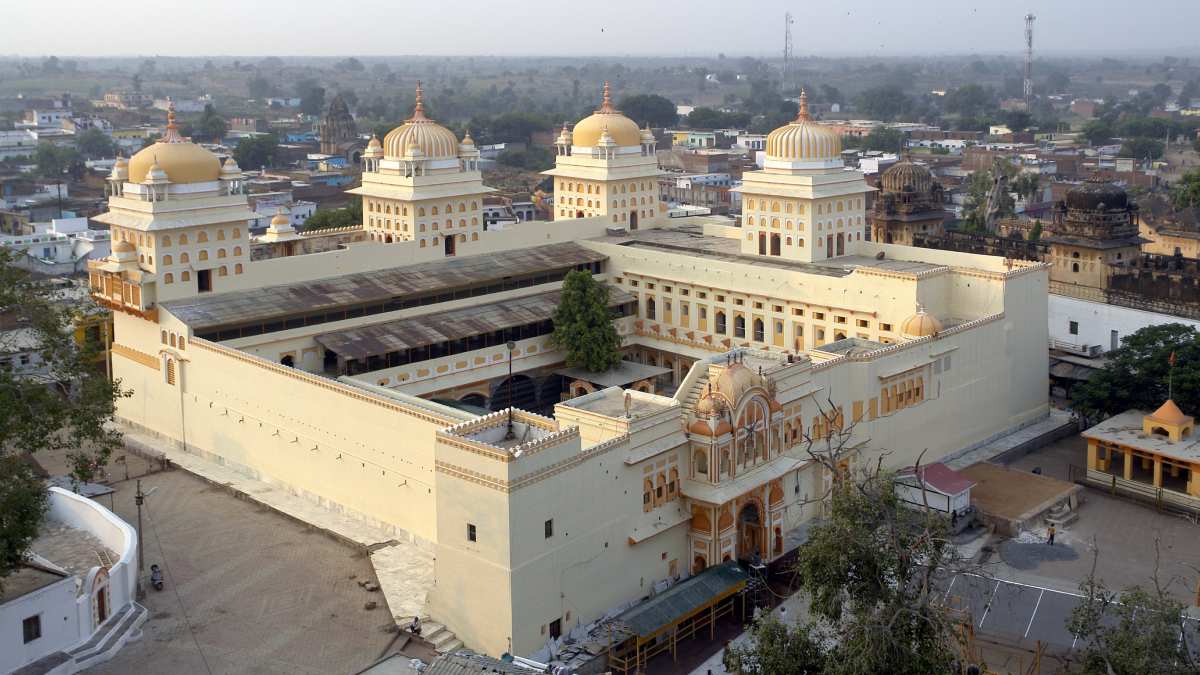In most regions, Lord Ram is worshipped as a deity, but in Orccha, Madhya Pradesh, he is regarded as a King. According to legend, Queen Ganesh Kunwari of Orccha, a devout follower of Lord Ram, yearned to bring him to Orccha. To fulfill this desire, she undertook a journey on foot from Orccha to Ayodhya, where she meditated and prayed by the Sarayu River. She made a solemn vow that if unsuccessful, she would drown herself in the river. Despite a month of fasting and prayers, she found no sign of Lord Ram. In a moment of despair, she leapt into the river, and miraculously, she discovered Lord Ram in child form, seated in her lap.
Upon the queen’s request for Lord Ram to accompany her to Orccha, he laid out three conditions. First, he would travel only during the auspicious time of Pushya Nakshatra. Second, he would become the new King of Orccha, not her husband. Third, the place where the queen seated him would be his permanent seat, named Ramraj.
Also Read: First Chance To See How Ram Mandir Looks From Space! ISRO Captured Mesmerizing View
Accepting these conditions, the queen instructed the king to construct a magnificent temple where she could seat her deity. Following her orders, the Chaturbhuj Temple was built, designed to allow the queen to pray to her god directly from her palace window. However, when the temple was still incomplete upon the arrival of the Queen and Lord Ram in Orccha, they temporarily placed Lord Ram nearby. Despite the temple being finished a few months later, Lord Ram refused to move from his current position. Consequently, the king decided to build a temple around him, now known as the Ram Raja Temple. The original Chaturbhuj Temple, initially intended for Lord Ram, later housed an idol of Lord Krishna.
Lord Ram’s words hold immense significance even in the present day, reflecting his regal status. The temple has designated police personnel, akin to a royal setup, emphasizing the reverence for King Ram. A daily Guard of Honour is conducted at the temple in the name of King Ram, underscoring the respect and formality accorded to him. Notably, the deity receives a royal feast on a regular basis.
What sets this statue of Lord Ram apart is its unique depiction, unlike other representations. In this statue, Lord Ram is portrayed standing with a sword in one hand and a shield in the other, adding a distinctive and commanding aspect to his divine presence.
Also Read: Wish To Have Ram Lalla Darshan On January 22? Here’s How To Do It Online













